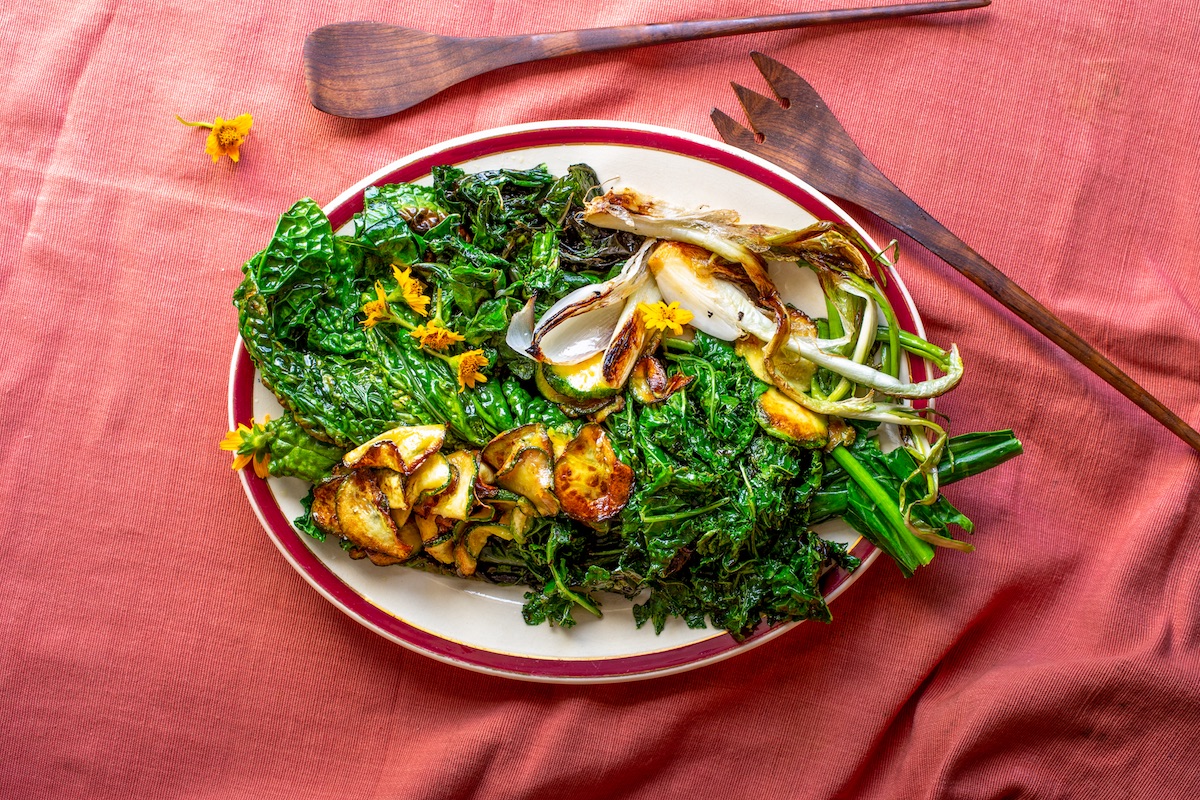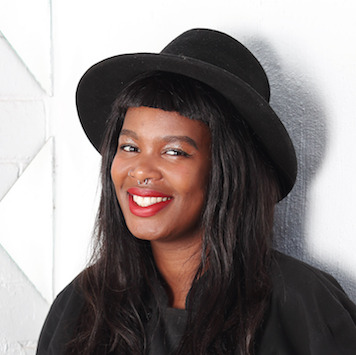Here’s how to reduce food waste at home, from the Eat Out Woolworths Restaurant Awards Green Star award winner
At The LivingRoom at Summerhill Guest Estate, sustainability is no buzzword. It’s a way of life. From composting kitchen scraps to celebrating indigenous ingredients, chef Johannes Richter is reshaping conscious dining in South Africa. Here, he unpacks his refreshingly grounded approach.
Chef Johannes Richter is on an unyielding quest to make sustainability great again.
At The LivingRoom at Summerhill Guest Estate, his award-winning restaurant nestled in the thicketed surrounds of Cowies Hill in Durban, chef Johannes and his team have tapped into a radically responsible food philosophy that’s as flavourful as it is concerned with the world.
Winner of the Eat Out Woolworths Restaurant Awards Green Star award, The LivingRoom is a shining example of what happens when a restaurant doesn’t concern itself with trends, choosing instead to entrench itself deeply in its environment. “Sustainability isn’t a buzzword for us,” says Johannes. “It’s the foundation of everything: how we cook, how we source ingredients, even how we compost.”
View this post on Instagram
Environmental convictions
From the start, The LivingRoom was conceived to hold strong environmental convictions. “We’re not just trying to tick boxes,” he explains. “We actively try to preserve local ecosystems and protect natural habitats, and that starts with what’s on the plate.”
Durban’s climate is a chef’s fever dream – an intertwining of subtropical abundance and mild-season surprises. “It’s the only place I know where mangoes and porcini mushrooms are in season at the same time,” Johannes laughs. “It’s wild, and incredibly fun to cook with.”
With such a unique micro-seasonal calendar, the menu at The LivingRoom changes numerous times each season to reflect what’s growing, fruiting, or fermenting. One recent standout dish combined Nguni goat with beetroot from a small organic farm in the Midlands and litchis from Verulam, fermented into vinegar over a year. “It’s about telling a story of place through food,” he says, “and creating a distinctive culinary fingerprint.”
If the menu is the heart of The LivingRoom, the farmers are its lifeblood. Johannes references Deon and Chisomo Bean, a couple running Farm Blue Hills, an organic farm in Howick, who supply him with everything from pumpkins and ukhova bananas, to sorghum and bambara nuts. “Our cooking is so vegetable-focused, we couldn’t do what we do without them,” he says.
But it’s not just about produce. The restaurant’s plates are crafted by Louise Jennings, a local ceramicist who uses regional soil, shaping and glazing each dish by hand. “The plate is part of the storytelling,” Johannes says. “If we’re going to talk about food being rooted in place, why not the vessel it’s served on, too?”
View this post on Instagram
Nose to tail, root to shoot
In the kitchen, Johannes and his team are disciples of the “nose to tail, root to shoot” school of cooking. “If a pumpkin arrives, we’re using the flesh, the seeds, the flowers, the shoots – even the baby squash,” he says. “People forget how generous a single ingredient can be.”
What little waste is left behind is turned into compost using the aerobic layering composting technique, a traditional layering method using ash, leaves and sticks. “The climate in KZN helps,” he notes. “Things break down quickly, and we feed the compost right back into our garden. It’s a full-circle moment.”
You might assume sourcing local in lush, humid Durban would be a simple exercise. Not so. “In Berlin, we had access to these incredible networks of cheesemakers, growers, aquaculture – all within arm’s reach,” Johannes recalls. “Durban didn’t have that, at least not on the surface. It took nearly six years to build the relationships we now rely on.”
This slow burn has paid off. The LivingRoom now works with a tightly knit community of producers, and diners are encouraged to learn their names – sometimes literally. “We tell our guests where each ingredient came from.” For Johannes, the story is an integral part of the experience.
View this post on Instagram
3 tips for a zero-waste kitchen at home
For those of us cooking in regular kitchens without a fermentation lab or a goat butcher on speed dial, Johannes offers simple, impactful advice.
- Cut out plastic. “It’s polluting everything – our oceans, our air, even our food. Bring your own containers. Buy unpackaged produce. It’s a small switch with a huge impact.”
- Go local. “Not only is it fresher and more nutritious, but it supports your community. It also usually means a smaller carbon footprint.”
- Use everything. Think carrot-tops in pesto, beetroot stems in stir-fries, citrus peel in baking. “The amount of food waste that happens just because we don’t know how to use the ‘ugly’ bits is insane.”
Asked about ingredients that deserve a bigger spotlight, Johannes is quick to champion sorghum, which he uses to make shoyu, add crunch to dishes, and even in baking. “It’s so versatile, and we’ve barely scratched the surface.”
He’s equally passionate about leafy greens, andoften feature prominently on his menu. From imbuya (amaranth) to pumpkin leaves, shoots and even blackjack, these greens are packed with nutrients and flavour. “They’re sustainable, accessible, and they’ve been feeding African communities for generations. We need to bring them back to the table.
Staying connected to food systems
Johannes is under no illusion that not everyone has the time or headspace to cook from scratch. “Modern life doesn’t make it easy. We’re all overworked and under-rested. But the more we lean on convenience food, the more we disconnect from our food systems.”
For him, cooking fresh is an act of rebellion, and a quiet revolution. “It changes how we shop, what we value, and how we spend our money. Fresh produce is more likely to be local. It’s also more difficult to import fresh food, so just by cooking, you’re already supporting a more sustainable food chain.”
Richter doesn’t believe in sustainability shaming. Instead, he believes in nudges – small, meaningful shifts in mindset and action. “Start by reducing packaging. Visit the local market. Talk to a farmer. Cook one more meal a week from scratch,” he suggests.
In a world increasingly dominated by industrial food systems and plastic packaging, The LivingRoom is proof that another deliciously sustainablepossible way is possible. Through thoughtful sourcing, imaginative cooking, and an unwavering commitment to the land, Johannes Richter is creating a blueprint for a brighter food future, one that’s local, seasonal, and filled with heart.




Comments